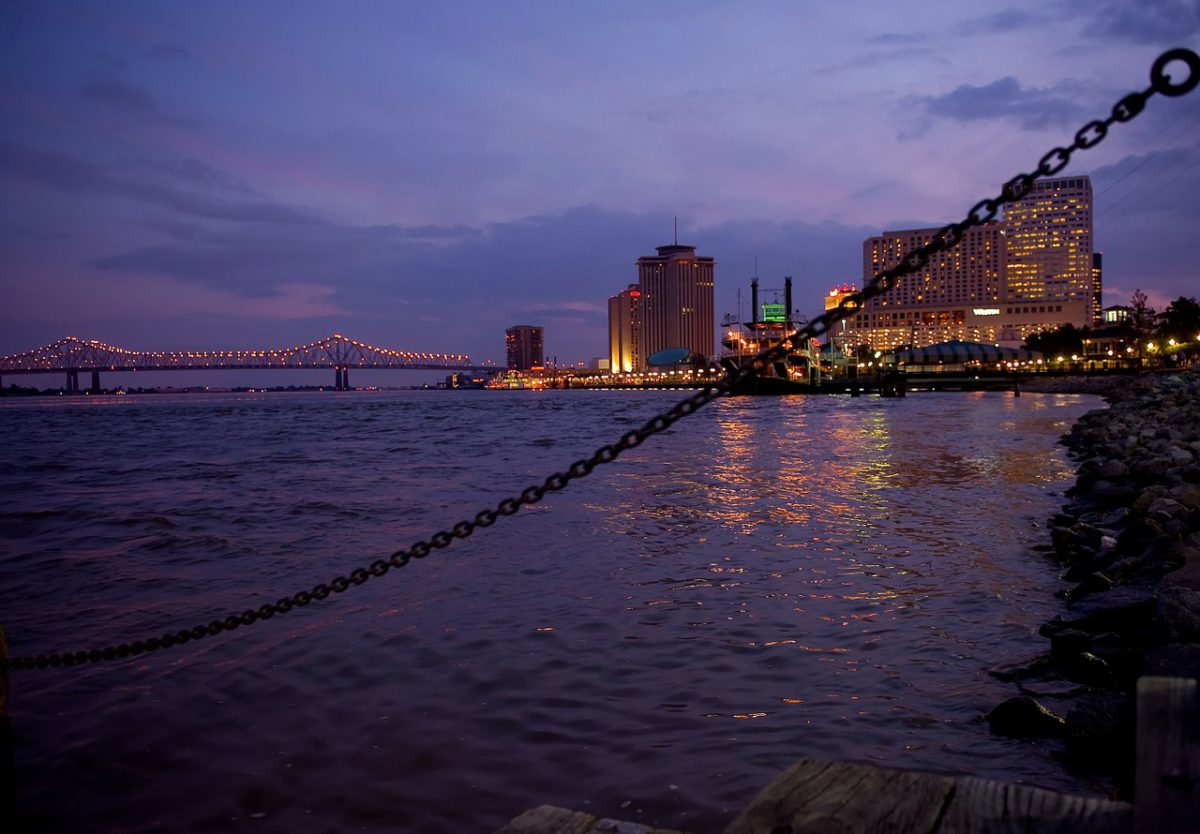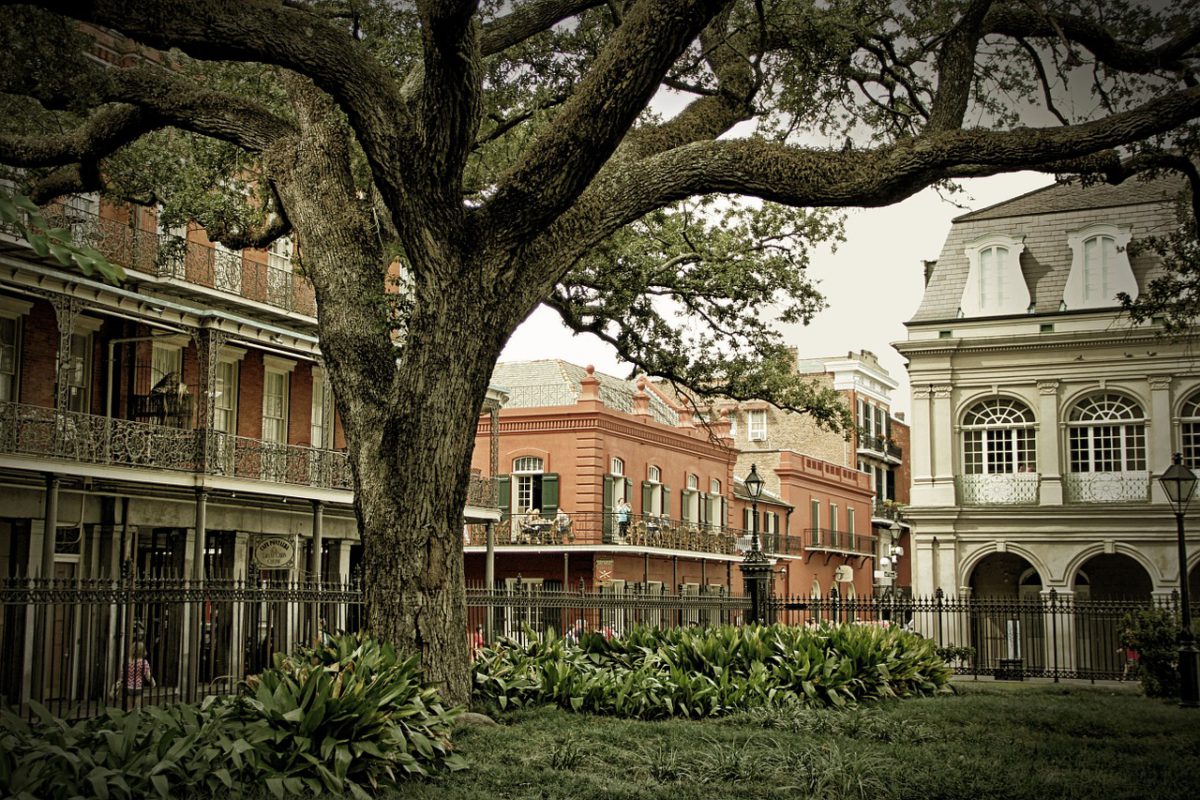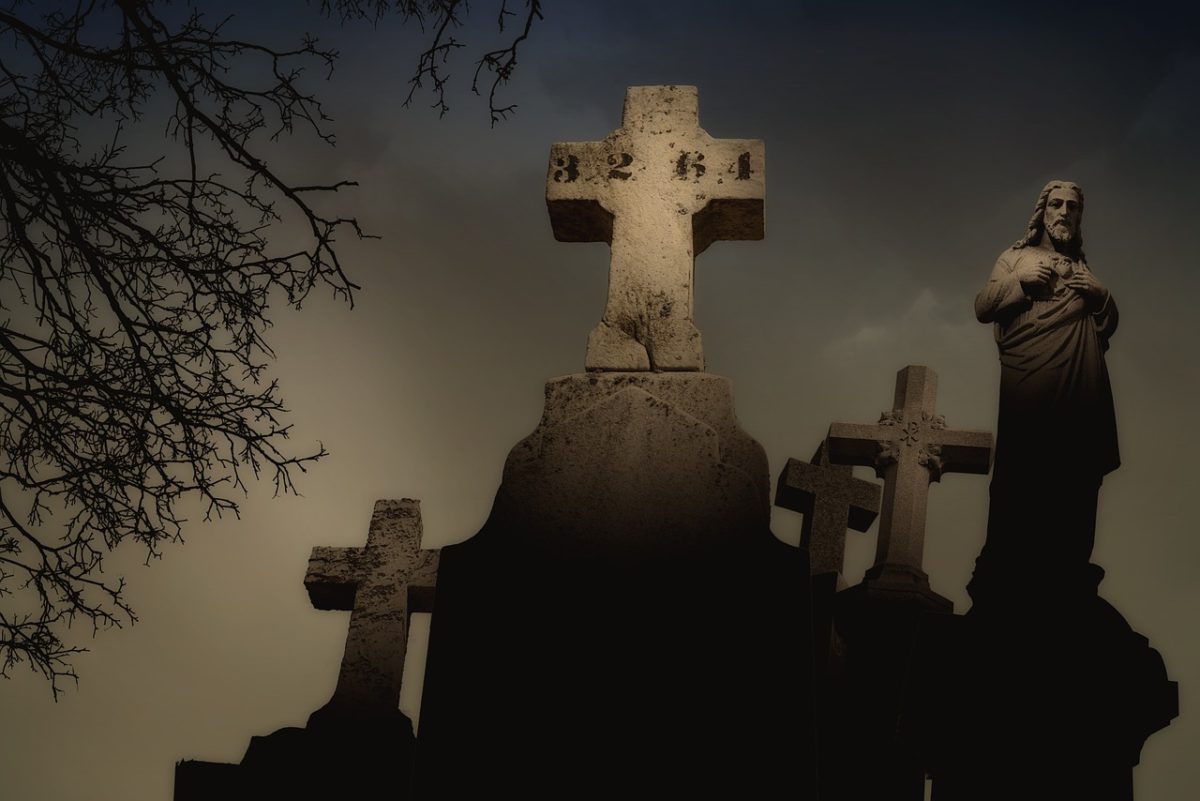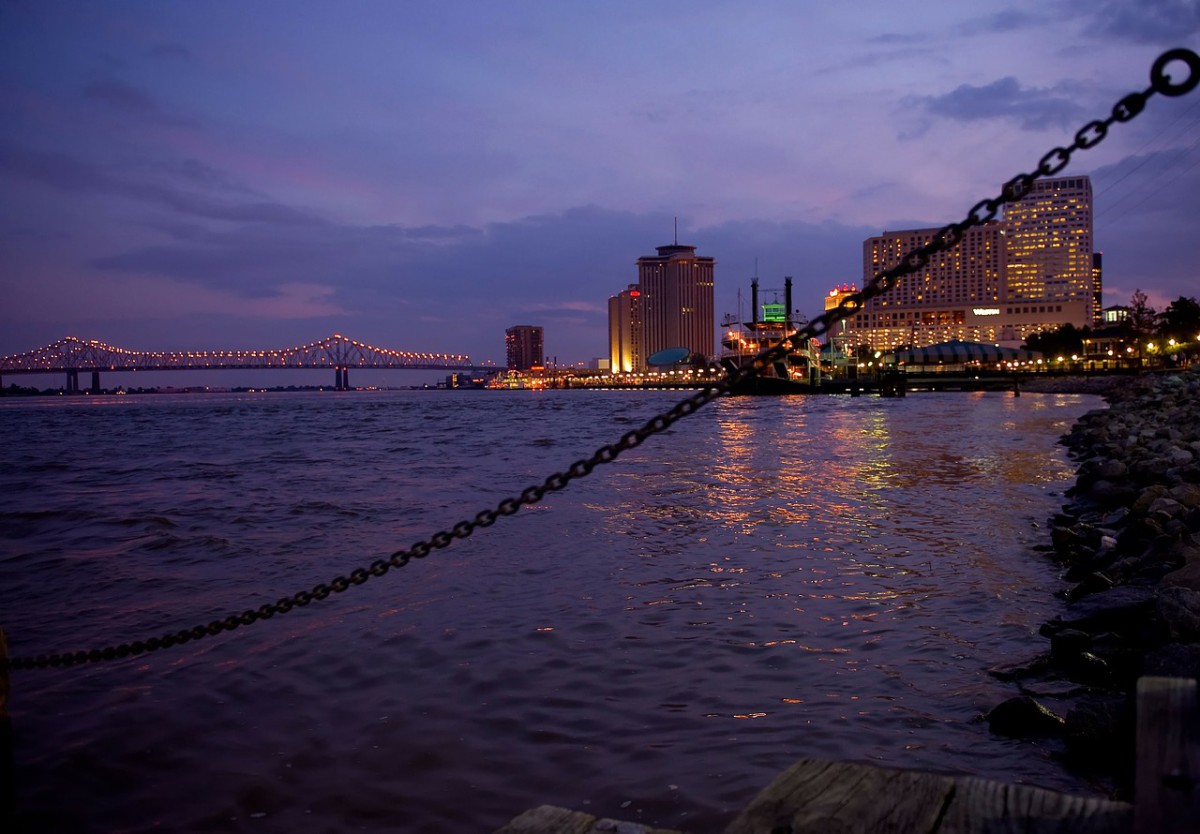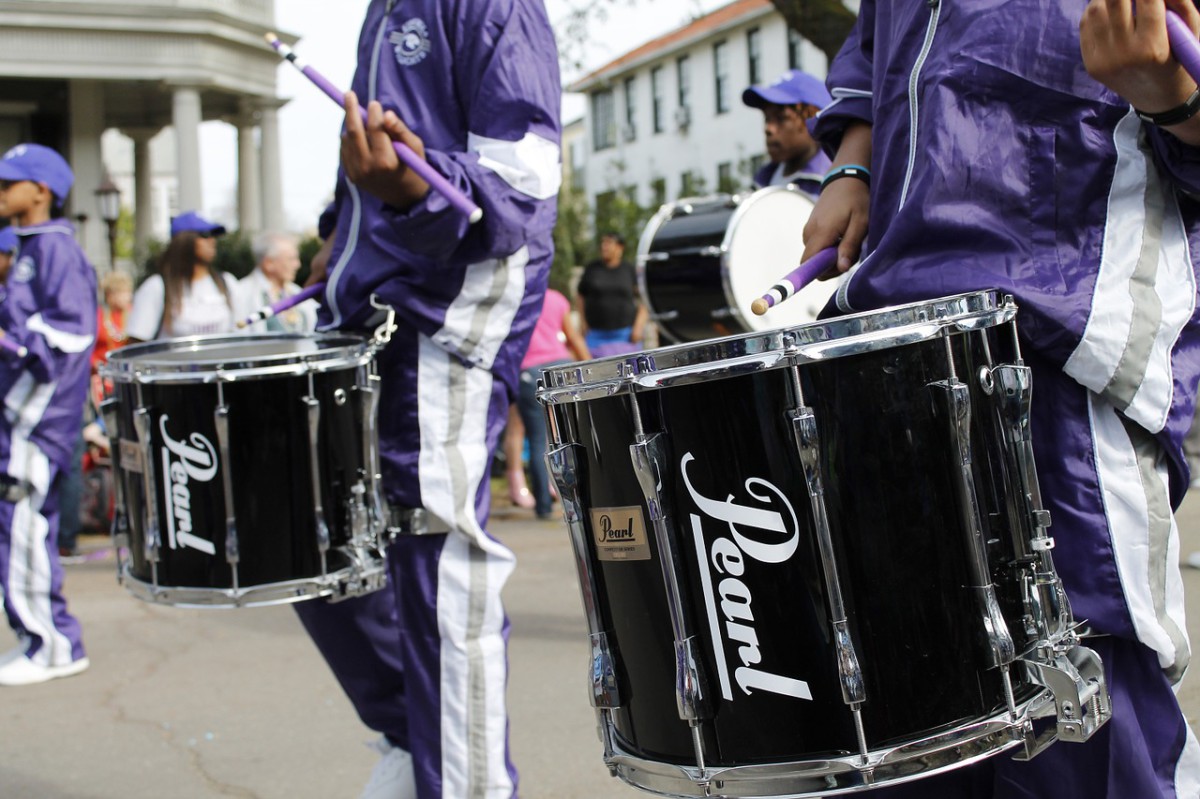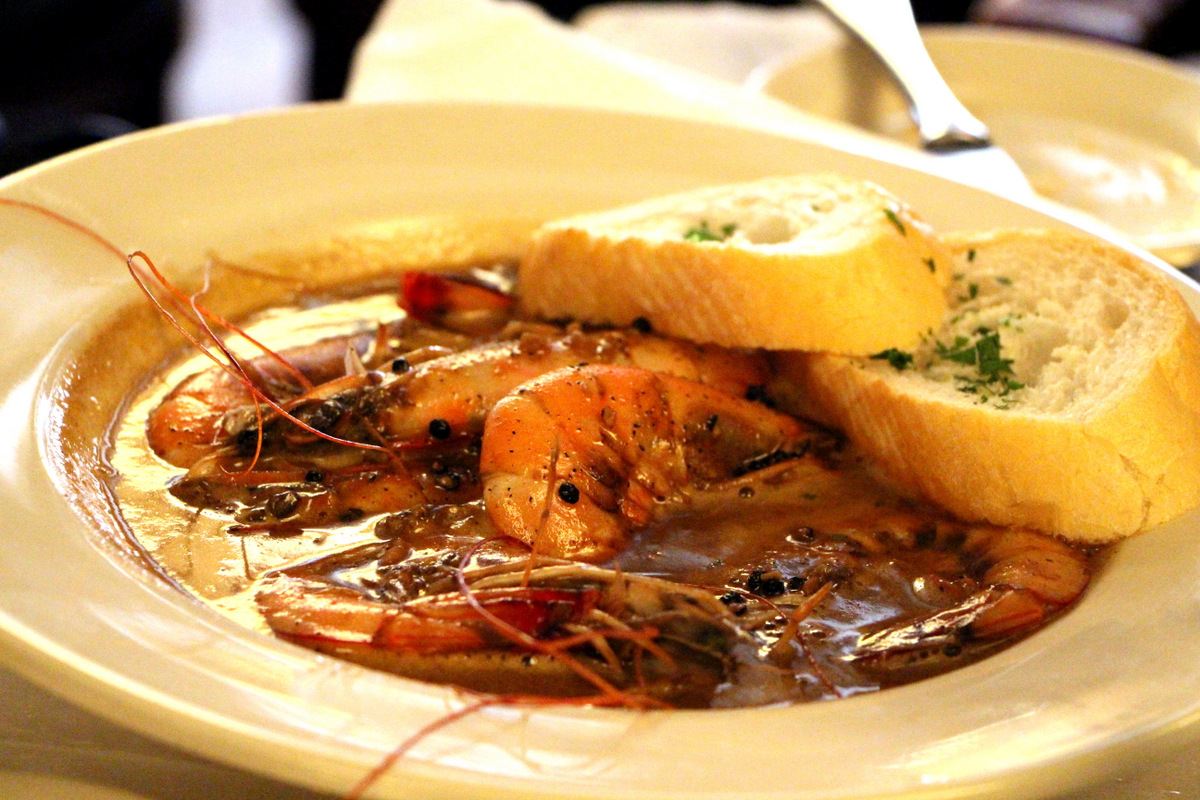Earlier this month, New Orleans breathed an audible sigh of relief as Drew Brees committed to continuing his career in a black and gold uniform for at least the next two years.
He signed a five-year extension that offers Brees the opportunity to sign voids after two years and includes a no-trade clause. This reportedly means he is guaranteed to receive $44.25 million, not a bad deal.
What is more important, however, is that the best player in Saint history will continue his path to the Hall of Fame in a Saints uniform. With the Saints already having exhibited an incredible offense in the past few years, this bodes very well for the coming season. Currently, Brees is already fourth on the NFL’s all-time list for passing yards with 60,903, third in all-time for both touchdowns at 428 and completion at 5,635, and first in 5,000 yard seasons with four.
Moreover, this is all on top of Brees’ season last year, his best yet, in which he led the league in passing yards (4,870 over fifteen games), completed 428 of 627 pass attempts (a 68.3% completion rate), had 32 touchdowns and only 11 interceptions. With respect to his recent decision, Brees stated,
“Both sides are very happy. Certainly, I’m very happy. I want to play my entire career here and I’m just taking it one step at a time, one year at a time, one opportunity at a time. But this allows me to be around here for a bit longer, and I’ll be here as long as they’ll have me.”
Although contract negotiations were likely a bit more dramatic than necessary, it does seem to have paid off (literally) for both sides. Not only do the Saints get to continue taking advantage of Drew Brees’ outstanding career, but Brees gets to stay where he feels more comfortable. As he said himself, he wants to complete the rest of his career in the Big Easy—it’s just a matter of the right opportunity at the right time.
I, for one, am very excited Brees has decided to remain for at least the next two seasons. He’s not just the leader of the Saints. He’s also a legend in New Orleans.


